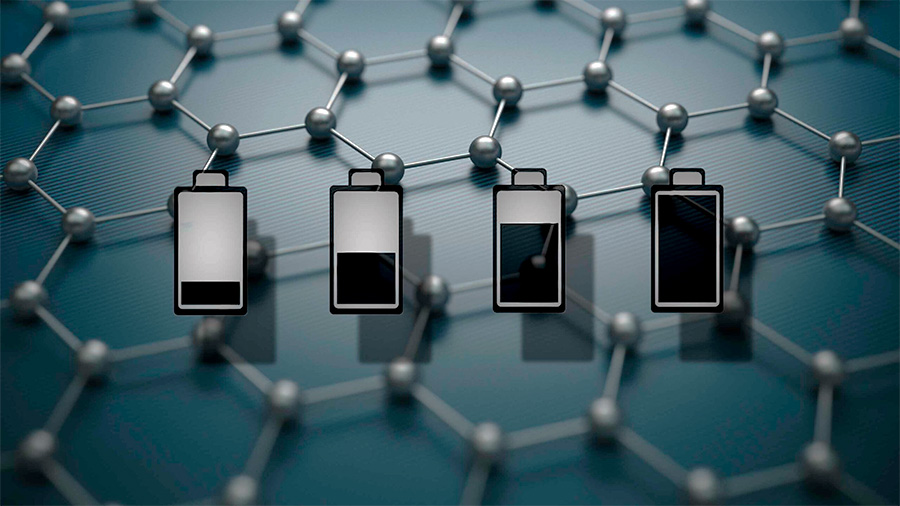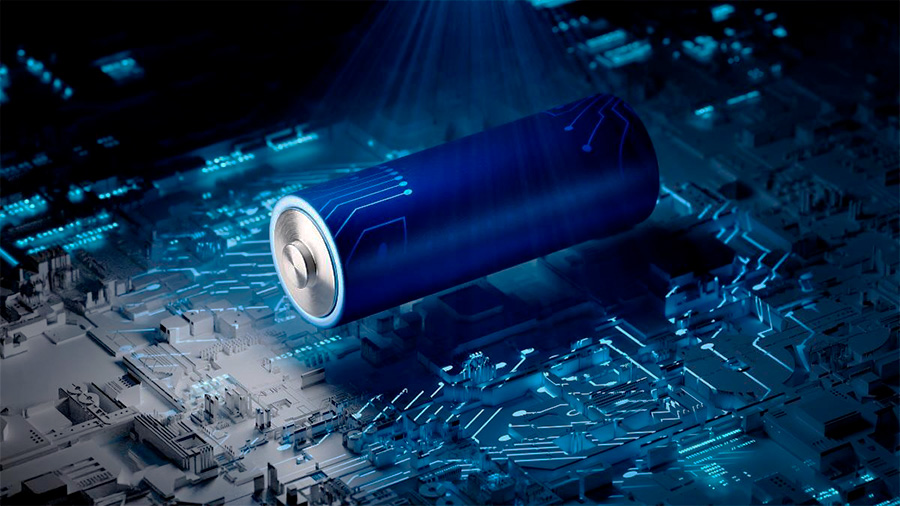
Breakthroughs in Battery and Energy Storage Technology
Advances in battery technology are crucial for the future of energy storage, offering the potential to transform how we power everything from smartphones to electric vehicles to entire power grids. As the demand for efficient, reliable, and sustainable energy storage solutions grows, researchers and engineers are developing new technologies that promise to enhance energy density, longevity, and safety. This article highlights the latest developments in solid-state batteries, graphene-based solutions, and other innovations that are paving the way for a brighter energy future.
The Rise of Solid-State Batteries
Solid-state batteries are emerging as a significant advancement in energy storage technology. Unlike traditional lithium-ion batteries, which use liquid electrolytes to transport lithium ions between the anode and cathode, solid-state batteries use solid electrolytes. This fundamental change offers several advantages that could revolutionize battery performance.
One of the main benefits of solid-state batteries is their increased energy density. By using solid electrolytes, these batteries can pack more energy into a smaller space, leading to longer-lasting power in a more compact form. This makes them particularly appealing for applications such as electric vehicles (EVs), where higher energy density can translate into longer driving ranges and smaller, lighter battery packs.
Safety is another critical advantage of solid-state batteries. Liquid electrolytes in traditional batteries are flammable and can pose a risk of overheating and catching fire. Solid electrolytes, on the other hand, are not flammable and can withstand higher temperatures, reducing the risk of thermal runaway and making the batteries safer to use.
Solid-state batteries also promise improved longevity. The solid electrolytes are less prone to forming dendrites—tiny, needle-like structures that can grow inside batteries and cause short circuits. This means that solid-state batteries can have a longer lifespan, retaining their capacity and performance over more charge and discharge cycles.

Graphene-Based Solutions
Graphene, a single layer of carbon atoms arranged in a hexagonal lattice, has been hailed as a wonder material for its exceptional electrical, thermal, and mechanical properties. Researchers are exploring graphene-based solutions to enhance battery technology, leveraging its unique characteristics to improve energy storage.
One promising application of graphene in batteries is its use in the anode material. Traditional lithium-ion batteries typically use graphite for the anode, but graphene can offer significant improvements. Graphene anodes can store more lithium ions, increasing the battery’s energy density and allowing for faster charging and discharging rates. This can lead to batteries that charge more quickly and deliver more power.
Graphene can also improve the performance of supercapacitors, energy storage devices known for their rapid charge and discharge capabilities. By incorporating graphene, supercapacitors can achieve higher energy densities, bridging the gap between batteries and traditional capacitors. This makes them ideal for applications that require quick bursts of energy, such as in electric vehicles and portable electronics.
Another exciting development is the use of graphene-based coatings to enhance battery durability. These coatings can protect the battery components from degradation, extending the battery’s lifespan and maintaining its performance over time. Graphene’s excellent conductivity also helps improve the overall efficiency of the battery.
Innovations in Energy Storage
Beyond solid-state batteries and graphene-based solutions, there are several other innovations in energy storage technology that hold promise for the future.
Sodium-Ion Batteries: Sodium-ion batteries are gaining attention as a potential alternative to lithium-ion batteries. Sodium is more abundant and less expensive than lithium, making it a cost-effective option for large-scale energy storage. While sodium-ion batteries currently have lower energy densities than lithium-ion batteries, ongoing research aims to close this gap and make them a viable option for applications such as grid storage.
Lithium-Sulfur Batteries: Lithium-sulfur batteries offer the potential for even higher energy densities than lithium-ion batteries. Sulfur is abundant and inexpensive, and lithium-sulfur batteries can theoretically store more energy per unit weight. However, challenges such as the short lifespan of the sulfur cathode and the formation of polysulfides, which can degrade the battery, need to be addressed. Researchers are exploring various strategies to overcome these obstacles and unlock the full potential of lithium-sulfur batteries.
Flow Batteries: Flow batteries are a type of rechargeable battery that uses liquid electrolytes stored in external tanks. This design allows for easy scaling of energy storage capacity by simply increasing the size of the tanks. Flow batteries are particularly well-suited for large-scale energy storage applications, such as storing renewable energy from solar and wind power. They offer long cycle life and can provide stable, reliable power over extended periods.
Next-Generation Lithium-Ion Batteries: Despite the emergence of new battery technologies, ongoing advancements in traditional lithium-ion batteries continue to improve their performance. Researchers are developing new materials for the anode, cathode, and electrolyte to enhance energy density, safety, and longevity. For example, silicon-based anodes can store more lithium ions than graphite, offering higher energy densities. Solid-state electrolytes and advanced cathode materials are also being explored to further improve battery performance.

Future Prospects
The future of battery and energy storage technology looks promising, with numerous breakthroughs on the horizon. As research and development continue, we can expect to see significant improvements in energy density, charging speed, safety, and longevity. These advancements will play a crucial role in addressing the growing demand for efficient and sustainable energy storage solutions.
In the transportation sector, better batteries will drive the widespread adoption of electric vehicles, reducing our dependence on fossil fuels and lowering greenhouse gas emissions. Improved energy storage will also enhance the viability of renewable energy sources, such as solar and wind, by providing reliable storage solutions that can balance supply and demand.
In consumer electronics, advancements in battery technology will lead to longer-lasting, faster-charging devices, improving user convenience and satisfaction. Additionally, better batteries will enable the development of new, innovative products that rely on portable power, such as wearable technology and smart home devices.
Conclusion
Breakthroughs in battery and energy storage technology are essential for the future of energy sustainability. Solid-state batteries, graphene-based solutions, and other innovative technologies promise to enhance energy density, safety, and longevity. These advancements will have far-reaching impacts on various industries, from transportation and renewable energy to consumer electronics and beyond.
As we continue to push the boundaries of what is possible with battery technology, the benefits will extend to every aspect of our lives, paving the way for a more efficient, sustainable, and connected world. The future of energy storage is bright, and these breakthroughs are leading the charge toward a cleaner, more resilient energy landscape.



